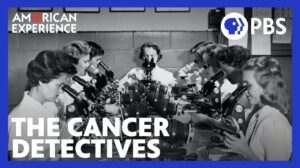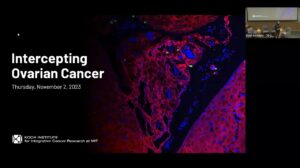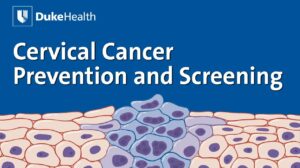NEW YORK (Reuters Health) – In women previously treated for Hodgkin lymphoma, mammography is as sensitive as breast MRI in detecting breast cancer – and the two modalities together improve the detection of early disease, a new study shows.
“Early diagnosis is particularly important in these patients, given the breast cancer treatment challenges in patients who have received prior cancer therapy,” comment the authors of the study.
They explain that a significantly increased risk of breast cancer is well recognized in women treated at a young age with mantle irradiation for Hodgkin lymphoma. An annual breast MRI and mammogram is currently recommended for such patients, based largely on a consensus of expert opinion. However, there has been no direct comparison of the two screening modalities in this setting.
This prompted Dr. Andrea K. Ng, with Brigham and Women’s Hospital and the Dana-Farber Cancer Institute in Boston, Massachusetts, and colleagues to compare the efficacy of breast MRI and mammographic screening in a prospective study involving 148 women who received chest irradiation at least 8 years previously for Hodgkin lymphoma (HL) at age 35 or younger.
A total of 345 sets of annual breast MRI scans and mammograms were obtained over a period of 3 years; 89% of the sets were performed on the same day. Screening led to 63 biopsies, 18 of which proved to be malignant. “All but one of the screen-detected malignancies were preinvasive or subcentimeter node-negative breast cancers,” according to the report.
The overall sensitivity for breast cancer detection was 68% with mammography and 67% with breast MRI, the authors found. Furthermore, the two modalities were complementary in that the combination had a sensitivity of 94%.
This came at the cost of somewhat reduced specificity: 90% for combined MRI and mammography, compared to 93% with mammography and 94% with MRI.
“However,” Dr. Ng and colleagues conclude, “early detection may uniquely benefit HL survivors by enabling them to avoid additional cytotoxic drugs and radiation therapy exposures.”
In a related editorial, Dr. Joachim Yahalom, at Memorial Sloan-Kettering Cancer Center, New York, points out some concerns about recommending annual MRI screening. It is less available and more expensive than mammography, has a high false-positive rate, and has not been shown to produce a survival benefit.
Nonetheless, he writes, “The results of the Ng et al prospective study together with a recent supporting data from a retrospective study at Memorial Sloan-Kettering Cancer Center provide compelling evidence for adding annual breast MRI examinations to mammography in the routine follow-up of women who underwent chest RT at young age.”
SOURCE: Prospective Study of the Efficacy of Breast Magnetic Resonance Imaging and Mammographic Screening in Survivors of Hodgkin Lymphoma
SOURCE: Evidence-Based Breast Cancer Screening Guidelines for Women Who Received Chest Irradiation at a Young Age.
J Clin Oncol 2013;31.




